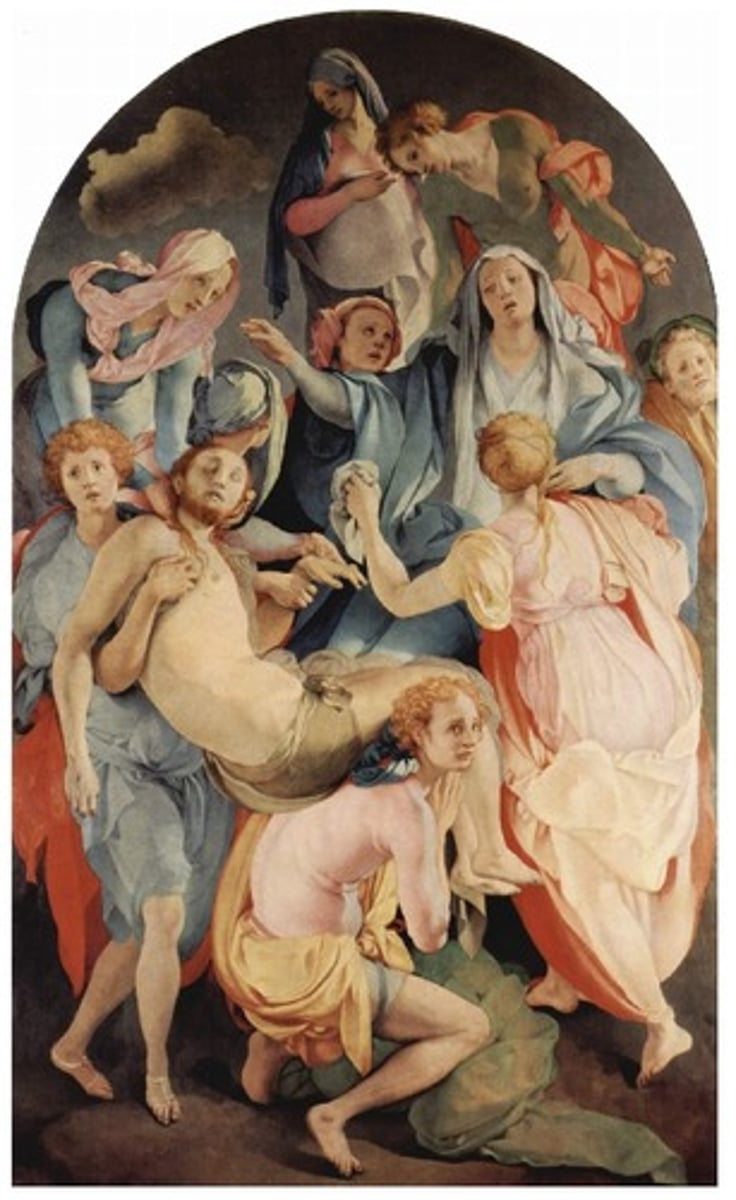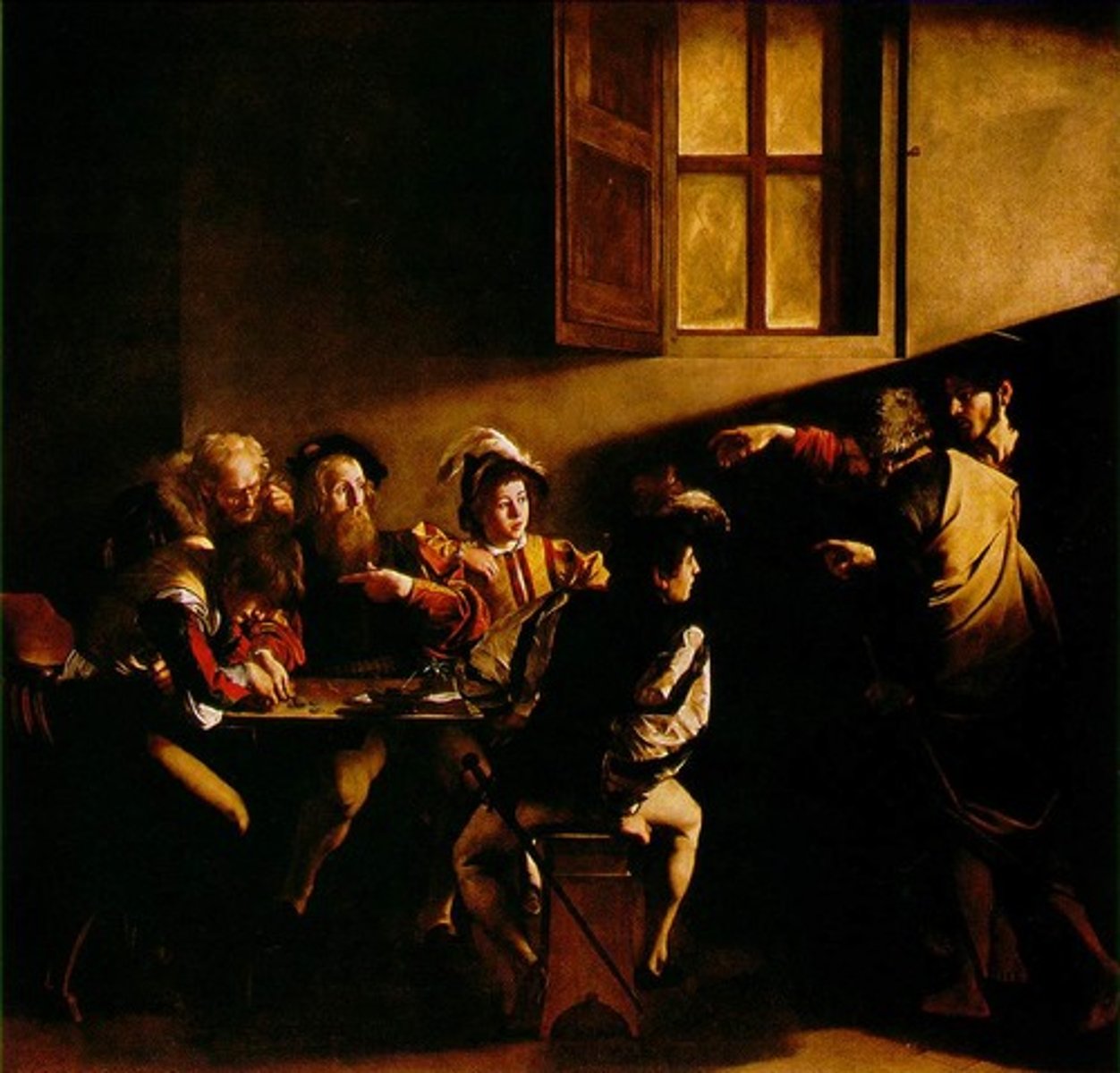Ap Euro: Unit 2
1/86
There's no tags or description
Looks like no tags are added yet.
Name | Mastery | Learn | Test | Matching | Spaced |
|---|
No study sessions yet.
87 Terms
The Great Schism
three popes refused to step down- Church splits (Catholic and Orthodox)
Avignon Papacy
six popes lived in France rather than Rome (also known as Babylonian Captivity) Indulgences increased as popes were cut off from their treasury
The Renaissance Papacy
corruption under Julius II (warrior pope)
Egalitarian
when everyone is equal in the Church
The Brothers of the Common Life
association in the Catholic Church, clerics/priests, share a common life with the lay people (Luther was in it)
Complaints against the Catholic Church
- Corruption
-Simony
-Absenteeism
-Pluralism
-Nepotism
Simony
sale of religious office to highest bidder
Absenteeism
clergy who did not live in their parish
Pluralism (Papacy)
having multiple Church positions at the same time
Johann Tetzel
famous indulgence preacher
Germany lacked....
political unity to enforce large scale religious reforms (discontent w/ Church)
Ninety Five Thesis (1517)
opposed indulgences because it made it seem as salvation could be bought
Sola Fide
faith alone
Luthers ideas were....
Christian Humanism
Sanctions
punishments
Who became the emperor of HRE in 1520?
(Spanish) Charles I → Holy Roman Emperor Charles V
Edict of Worms
Charles V declares Luther an outlaw of the HRE
What did Luther not like with the Church and the Bible?
that priests interpreted/dictated the Bible
What did Luther conclude?
God does not demand charitable acts and religious ceremonies, just faith in Jesus Christ. Good works were expected, but did not earn salvation
The Diet of Worms (1521)
placed Luther under imperial ban
Who translates the Bible?
Frederick the Wise
Schmalkaldic League
Protestant alliance formed by Lutherans against the Holy Roman Empire.
Peace of Augsburg (1555)
treaty between HRE Charles V and Schmalkaldic League formed as a military alliance to defend Lutheran Interests
Cuius regio, eius religio
Whose realm, his religion
John Wycliffe
English scholar who argued that the Bible was the final authority for Christian life
Jan Hus
Burned at stake, philosopher, challenged the Church
Frederick III
a German prince-elector who protected and supported Martin Luther
Huldrych Zwingli
Swiss priest who led the protestant movement in Switzerland (influenced Anabaptist religion)
John Calvin
religious reformer who believed in predestination and a strict sense of morality for society (Calvinism)
Henry VIII
English king who created the Church of England after the Pope refused to annul his marriage (divorce with Church approval)
Edward VI
Henry VIII's only son, who took England in a more Protestant direction during his short reign
Mary Tudor
daughter of Henry and Catherine of Aragon; as queen, she tried to restore Catholicism in England
Elizabeth I
English Queen and politique who united Protestants and Catholics through compromise
James I and Charles I
Scottish kings that took control of England after the death of Elizabeth ( leads to English Civil War Royalists vs. Parliamentarians {Puritans})
Anabaptists
A Protestant sect that believed only adults could make a free choice regarding religion; they also advocated pacifism, separation of church and state, and democratic church organization.
German Peasants
Demanded an end to serfdom because they were excited by reformers talk of Christian freedom, Peasant Revolts, Egalitarianism
Pluralism (Government + Religon)
Multiple religions at once
Diet of Augsburg
Called by Charles V. This meeting of Protestant and Catholic reps assembled to impose a settlement of the religious divisions. Charles V wanted all Lutherans to revert to Catholicism. As a result, the Lutherans formed the Schmalkaldic League.
"Institutes of Christian Religion"
Calvin's religious and political reforms
"Twelve Articles"
Representatives of peasants met and made these articles expressing their anger. It blamed religious lords and summarized the crisis of the 16th century. They complained about how nobles treated them poorly and heavily taxed them.
Elizabethan Settlement and Thirty-Nine Articles
modified religious practices in England (not enough for the Puritans)
Concordat of Bologna
Catholic Church gets income from French Churches→French King picks bishops
How did princes and kings enact religious reforms?
By seeking political and economic gains (Church land and collecting their taxes, embracing protestant reformation)
Peasant Revolt
Peasants saw Luther as an ally (He was not) and asked him for support of demands to end serfdom
Marburg Colloquy
The meeting of Luther and Zwingli to unite their two movements. They failed over the issue of eucharist. Zwingli believed the Bread and Wine were sign of the believers' faithfulness to each other. Luther thought it was a visible physical symbol of Chirst.
Geneva, Switzerland
- Theocracy
- Council of Elders governs the church
-Religious laws highly enforced
- Calvin had strong influence
Act of Supremacy (1534)
declared Henry VIII "the supreme head of the Church of England"
1536 Pilgrimage of Grace
revolt against Henry VIII and break with Catholic Church
Who defeated the Spanish Armada?
Queen Elizabeth of England
The Habsburg Dynasty
one of the most important royal houses of Europe and is best known for being an origin of all of the formally elected Holy Roman Emperors; very Catholic
Charles V Sons
Philip II (inherits Spain, Netherlands, Naples, and Sicily) and Ferdinand I (Austria and HRE)
Which country was the wealthiest in Europe, the center of banking and shipping, and was mostly Calvinist, however, there was religious toleration?
Netherlands
Who tried to invade HRE and lost? (Poland and Duke of Lorraine was on HRE's side)
Ottoman Empire
Who married Mary Tudor
Philip II
Elizabeth's Thirty Nine Articles (1563)
make moderate Protestantism the official religion of England
What was Philip II's goal?
universal christendom
What was the feud in France during the French Wars of Religion (1562-1598)
Bourbon (Protestant) vs. Guise (Catholic)
2 Kings died leaving....
Young Charles IX to the throne in 1560
St. Bartholomew's Day Massacre (1572)
Catherine de Medici orders the massacre of Huguenots during the wedding of Henry of Navarre and Margaret (her daughter; sister to king)
Henry III of Valois
Killed by Catholic Monk (2nd death), brother of Charles IX; Catholic; outlawed Protestantism and annulled Henry of Navarre's right to the throne
Henry I, Duke of Guise
Killed by Henry III body guards (1st to die), Extreme Catholic, supported by Philip II of Spain, established the Catholic League which wanted to ensure only Catholics ruled France
Henry of Navarre (Henry IV)
Protestant (Calvinist); had support from Elizabeth I of England; becomes French King after War of the Three Henry's
Edict of Nantes (1598)
offering official toleration to Protestants in France (ends French Wars of Religion)
Preconditions of HRE before the Thirty Years War (1618-1648)
-Fragmented HRE
- Religious divisions
1st Phase
Bohemian Phase (1618-1625), Ferdinand II takes Bohemian throne, however, Bohemians want a Calvinist Bohemian Leader (Frederick V) Win For HRE
2nd Phase
Danish Phase (1625 - 1630), Protestant King of Denmark tries to invade Germany Win For HRE
Edict of Restitution
reaffirmed the illegality of Calvinism and demanded Protestant princes to return to Catholicism or pay money to control the Catholic lands
Treaty of Lübeck (1629)
HRE defeats Denmark
3rd Phase
Swedish Phase (1630-1635), King Gustavus Adolphus II of Sweden, with help from French Huguenots and protestant Dutch, and Prussia try to invade parts of HRE (Germany) Win For Protestants
Peace of Prague
ends the religious wars within HRE but religious war continue elsewhere
4th Phase
French Phase (1635-1648), France enters war on Protestant side, Spain enters on Catholic, turns into France vs. Spain in northern German states, Win For Protestants
Treaty of Westphalia (1648)
Ended the thirty years war, it was written in French and stated that the ruler of a land would determine the lands official religion of that land. It also gave Calvanists legal recognition. Swiss Confederacy and Netherlands recognized as independent, Italian regions removed from HRE, Bradenburg-Prussia becomes most powerful German State, Spain vs. France continues
Cardinal Richelieu
Chief minister of France who reduced the power of the nobles, army funded by him
Catholic Reformation
a 16th century movement in which the Roman Catholic Church sought to make changes in response to the Protestant Reformation
Inquisition
defend truths/doctrines seek out anyone who does not agree
Roman Inquisition
A Catholic court that inquired into the beliefs of people to see if they were heretics (Charles V and then Philip II involved)
1559 Index of Prohibited Books
list of books Catholic printers can not print
Jesuits
Also known as the Society of Jesus; founded by Ignatius Loyola (1491-1556) as a teaching and missionary order to resist the spread of Protestantism. (All men)
Ursulines
This was an order for women that established convents in Italy and France for the religious education of girls for all social classes that became very influential. Spread Catholicism to other continents.
Teresa of Avila and the Carmelites
She addressed the needs of for reforms in the Carmelite order
Council of Trent
Called by Pope Paul III to reform the church and secure reconciliation with the Protestants. Lutherans and Calvinists did not attend. Met three times, and emphasized main Catholic beliefs.
The Women Question (La Querelle Des Femmes)
were women fit to attend university?
Carnival
3-6 day period of celebration before Lent
Blood Sports
pitted humans against eachother
Saint's day festivities
celebrations honor the patron saint of a town or state
Mannerism
Artistic movement against the Renaissance ideals of symetry, balance, and simplicity; went against the perfection the High Renaissance created in art. Used elongated proportions, twisted poese and compression of space. In the manner of Michelangelo and Raphael.

Baroque
Usually funded by Catholic Church, dramatic and exaggerated look, includes architecture, emphasis on shadows, and bold contrasting light and dark
